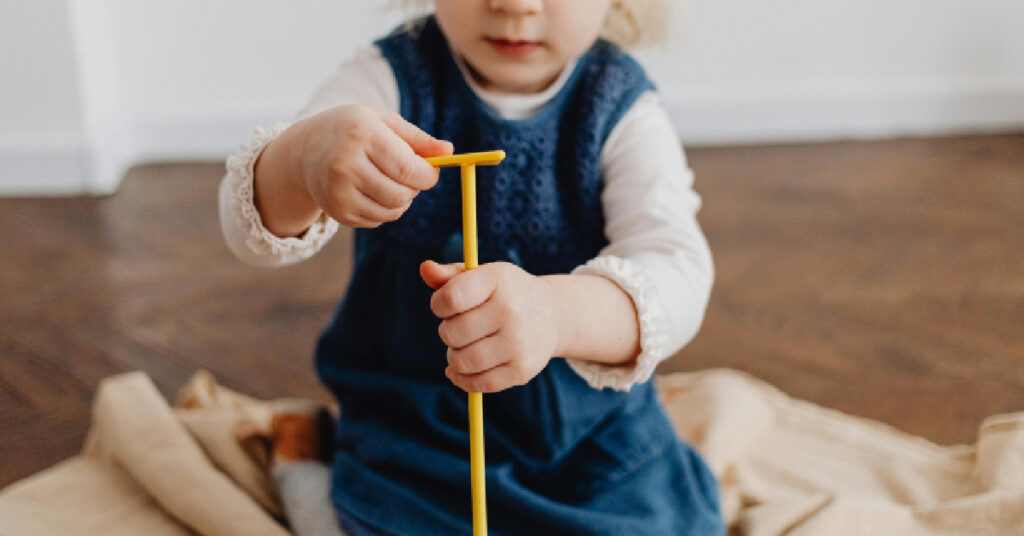
15 Best Toys for Building Independence — That Aren’t Boring or Overhyped
From magnetic tiles to dolls and pretend kitchens, these 15 toddler toys are actually worth the shelf space — and designed to encourage solo play

You’re four minutes into what was supposed to be a relaxing toddler play session, and now they’re sobbing over a fabric square that was “supposed to be a cape, not a blanket.” Sound familiar?
Welcome to the beautiful chaos of emotional learning through play.
At this age, your toddler’s emotions are big, messy, and often louder than your morning coffee deserves. But here’s the magic: play isn’t just a way to pass time — it’s one of the most powerful tools we have to help toddlers understand, express, and manage their feelings.
And no, we’re not talking flashcards or feelings wheels (unless you’re into that). We’re talking pretend kitchens, block towers, doll conversations, and yes — the exact kind of open-ended play that looks like “just messing around” to everyone else.
In this post, we’re breaking down what emotional learning through play really means, how open-ended activities support emotional development, and the everyday ways your child is building emotional intelligence right under your nose — even when they’re using a spatula as a magic wand.
Let’s break it down: emotional learning through play is exactly what it sounds like — helping toddlers understand, process, and express their emotions… while they play.
It’s not about sitting down for a lesson on feelings. (Toddlers + lectures = chaos.) It’s about letting kids explore the full rollercoaster of their emotions through pretend play, sensory play, building, role play, and imagination — in a space where there are no wrong answers.
In more technical speak, emotional learning is all about:
Recognising emotions in themselves and others
Expressing those emotions in healthy ways
Learning how to calm down when overwhelmed
Practicing empathy, confidence, and resilience
And the best way toddlers learn those skills? Not by being told, but by playing them out. Whether they’re acting out a doll getting its feelings hurt, crashing a block tower in frustration, or giggling through a puppet dance party — they’re processing big feelings in small ways that actually make sense to them.
So if play is the how, open-ended play is the gold standard.
When it comes to emotional learning through play, open-ended activities give toddlers something they desperately need — space. Space to be the boss of their own world. Space to make mistakes and try again. Space to process their big feelings without adult pressure or fixed outcomes.
Unlike structured toys that have one “right” way to play, open-ended toys and activities say: “You decide.” And that’s where the emotional magic happens.
And when they feel in control during play, they’re more likely to try on big feelings — like fear, frustration, or excitement — in safe, manageable ways.
Loose parts, dolls, fabric, blocks — they all become tools for storytelling. That doll being “mad” at the bear? Totally your toddler processing something they saw or felt.
Emotions aren’t linear, and neither is open-ended play. There’s freedom to shift, change, act out, build, destroy, rebuild… and express whatever needs expressing.
Repetitive actions like stacking, scooping, or lining things up help soothe and ground overstimulated nervous systems. It’s like toddler mindfulness, disguised as playtime.
Toddlers don’t sit down and say, “Today I’ll be working on my emotional regulation.” (We wish.) But when they’re stacking blocks, talking to toys, or playing out wild stories with felt balls and a wooden spoon — that’s emotional growth in action.
Here are five key emotional skills your toddler is building through emotional learning through play, often without you even realising it.
Recognising and naming feelings is the first step in emotional intelligence. During play, your toddler experiments with emotions safely — acting out “sad,” “mad,” or “excited” through their toys.
Example:
A doll cries because her blanket is gone. A dinosaur is “so happy” he gets to eat cereal. Your toddler is learning to observe and label feelings.
Our favourite resource for identifying emotions is this easy flip book. It also shows ideas on what to do to help with each mood > Grab yours from Amazon Today
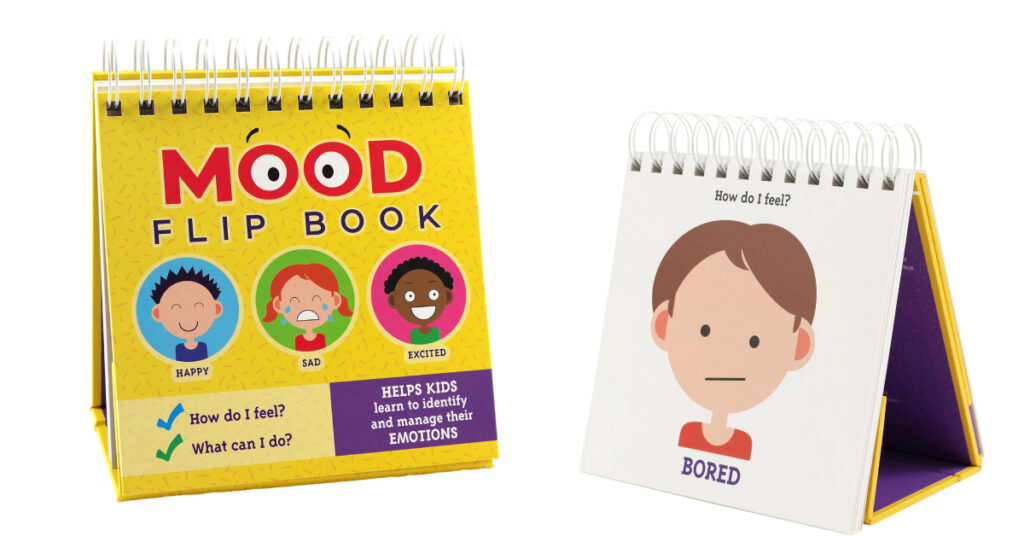
Play gives toddlers a safe outlet to express their own emotions without judgment. This is crucial for little ones who don’t yet have the words to say, “I’m overwhelmed.”
Example:
They smash a tower and say, “I was mad!” Or wrap a teddy in a dozen blankets because “he’s cold and scared.” That’s healthy emotional release.
Open-ended play builds the ability to calm down and re-engage — even after frustration. Repetition (like stacking, sorting, scooping) acts like toddler meditation.
Example:
Sorting felt balls after a tantrum helps them reset without a “time out.” That’s regulation in action, not punishment.
Pretend play helps toddlers step into someone else’s shoes — literally and figuratively. They begin to understand that others have feelings too.
Example:
They say, “The bunny is sad because his friend went home.” That’s your toddler developing empathy, right there on the playroom floor.
Every time they solve a problem, build something new, or act out a tricky story, they’re building resilience. They’re learning that emotions can be big… but manageable.
Example:
They say, “He was mad but then he made a new tower!” That’s emotional growth, without a lesson plan in sight.
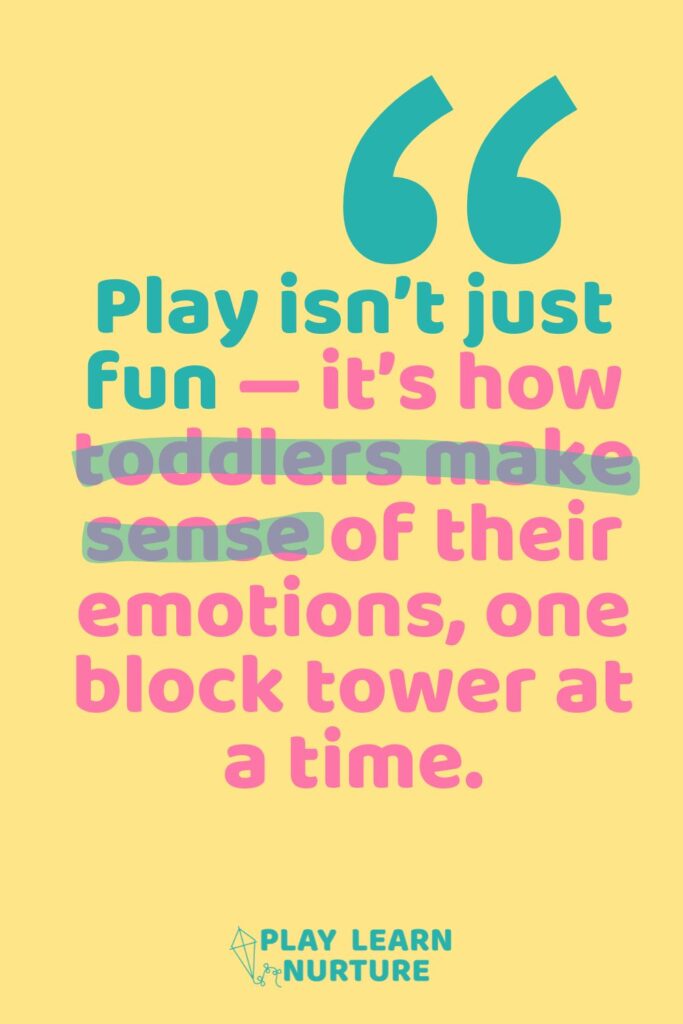
Need proof that your toddler’s emotional skills are growing during playtime? These everyday moments are where emotional learning through play shines — even when it doesn’t look “Instagram-worthy.”
These are the kind of examples that happen in real homes, on playroom floors, in between snack time and a dramatic sock meltdown.
Your toddler wraps a doll in tissues and whispers, “It’s okay, I got you.”
They’re practicing nurturing, empathy, and the power of comfort — possibly replaying how you showed up for them.
They build a tower and say, “We can’t go outside, but we can make a big house!”
This is emotional flexibility in action — choosing creativity over chaos.
They swirl a scarf around while humming or lie under a blanket “tent.”
These sensory moments help self-regulate and decompress after a big day or big emotion.
“The bunny is mad at the giraffe because he took his truck.”
Toddlers use toys to play out conflict, test responses, and build empathy through storytelling.
“I’m scared of the monster… just kidding, I got him with a banana!”
Humour and imagination help toddlers process fear, anxiety, or confusion in a way they can control.
These moments aren’t random — they’re how toddlers work through the emotional chaos of growing up. Through emotional learning through play, your child is developing the emotional vocabulary, empathy, and resilience that will shape how they handle big feelings for years to come.
Read More: How to Start Independent Play and Finally Enjoy 5 Minutes of Peace
Read More: Coming Soon – Minimalist Toy Guide: Essentials for Open Ended Play
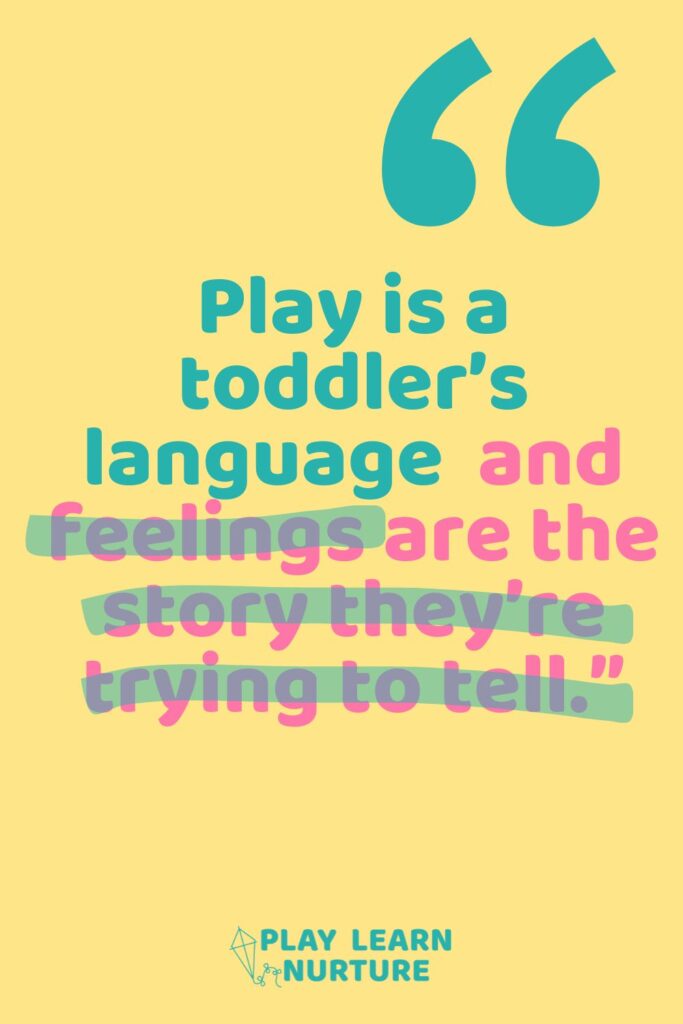
You don’t need a Pinterest-worthy playroom, a psychology degree, or a toy haul to encourage emotional learning through play. What you do need? A little intention, a few flexible toys, and a whole lot of permission to keep it messy.
Here’s how to set the stage for big emotional growth — even in small spaces (and on zero sleep).
Use a yes space, rug corner, or open tray setup where your toddler can play freely without constant “don’t touch that!” redirection. Emotional safety starts with physical safety.
Read More: Yes Space for Toddlers: 10 Tips for Creating Safe, Independent Play Zones
You don’t need emotion-specific toys — just objects your toddler can project feelings onto:
Dolls and animal figurines
Loose parts (bowls, scarves, wooden shapes)
Mirrors for facial recognition
Sensory materials like play dough, sand, or water
Read More: Best Open Ended Toys for Toddlers by Age
Read More: Coming Soon – Loose Parts Toys for Toddlers
Your toddler may growl like a dragon, whisper to a spoon, or throw pom-poms across the room. It’s all valid. Emotional learning requires the freedom to experiment.
Avoid interrupting mid-play to quiz them. Instead, gently reflect after the moment:
“Your bear looked really sad — was something wrong?”
“That tower was so tall! Were you excited or a little nervous when it fell?”
This builds emotional vocabulary without hijacking the moment.
Make space for solo play, dramatic play, sensory play, and gentle repetition. This encourages self-regulation, self-direction, and emotional safety — all through play.
Read More: How to Start Independent Play and Finally Enjoy 5 Minutes of Peace
Read More: Coming Soon – Daily Independent Play Routine That Builds Focus and Confidence
Even with the best play setups, emotional learning through play isn’t always calm and quiet. Sometimes it looks like rage-building a tower or throwing a teddy across the room because “he said no.” So when do you step in? And how?
Here’s the good news: you don’t need to fix every feeling. You just need to stay close enough to help your toddler move through it.
If your toddler is deep in an emotional scenario — even a messy one — try to observe without interrupting. Sometimes they’re working through something and just need time to play it out.
What you can say: “I’m right here if you need me.”
If your child seems stuck or distressed, gently offer words for what might be going on:
“That block falling made you frustrated, huh?”
“Your bear looks really mad. Is he feeling left out?”
This helps build emotional vocabulary, but still lets the story stay theirs.
When emotions tip into overwhelm — crying, screaming, freezing — it’s okay to step in and co-regulate.
Try:
Sitting beside them and breathing slowly
Offering a calming object like a scarf or soft toy
Narrating simply: “You’re having a big feeling. It’s okay. I’m here.”
Open-ended play is powerful, but you are still their safest emotional anchor.
You won’t always say the “right” thing. And that’s okay. Emotional learning through play isn’t about eliminating meltdowns — it’s about helping toddlers make sense of them, one block and bear at a time.
If you’ve ever wondered whether pretend tea parties or felt ball towers really matter — the answer is yes. Absolutely yes.
Because behind every teddy hospital, rainbow stack, or whispered puppet drama is a toddler learning how to handle disappointment, process frustration, feel joy, and make sense of the world around them.
That’s the magic of emotional learning through play.
It doesn’t require fancy setups, special scripts, or perfectly timed interventions. It just needs a little space, a handful of open-ended toys, and your willingness to let your child explore their feelings in their own beautiful, chaotic way.
So next time your toddler uses a wooden spoon to scold a dinosaur for being “too loud” — take a breath. That’s not nonsense. That’s emotional development.
And you’re doing an incredible job just by letting it happen.
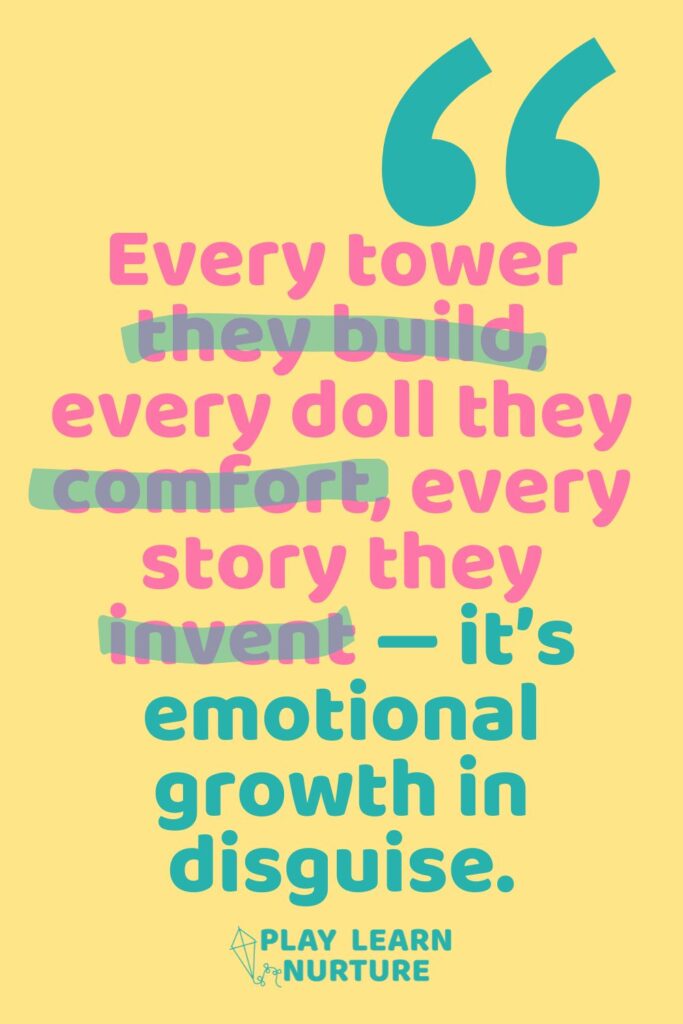

From magnetic tiles to dolls and pretend kitchens, these 15 toddler toys are actually worth the shelf space — and designed to encourage solo play
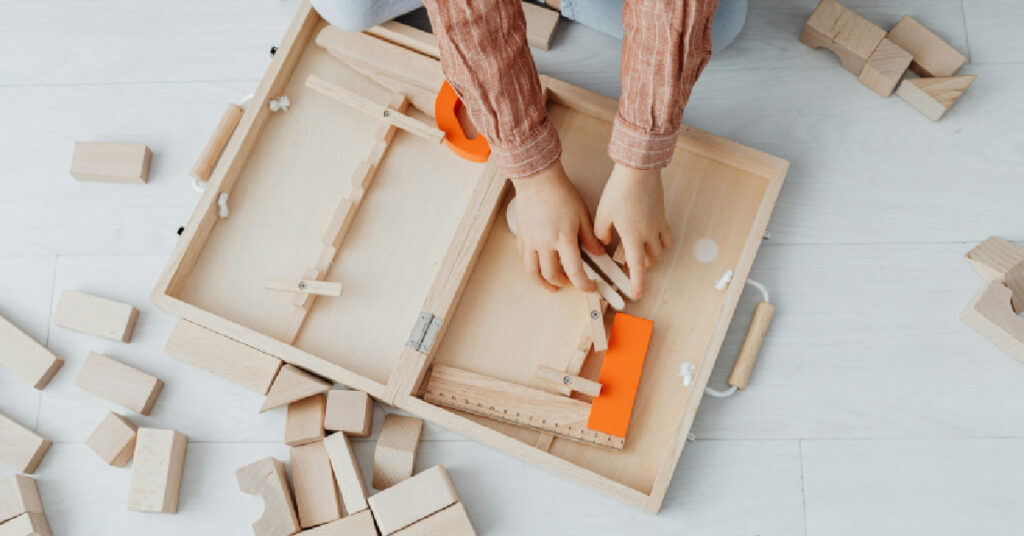
Delve into the world of loose parts play with our selection of toys that inspire exploration and innovation. Perfect for enhancing your toddler’s sensory and
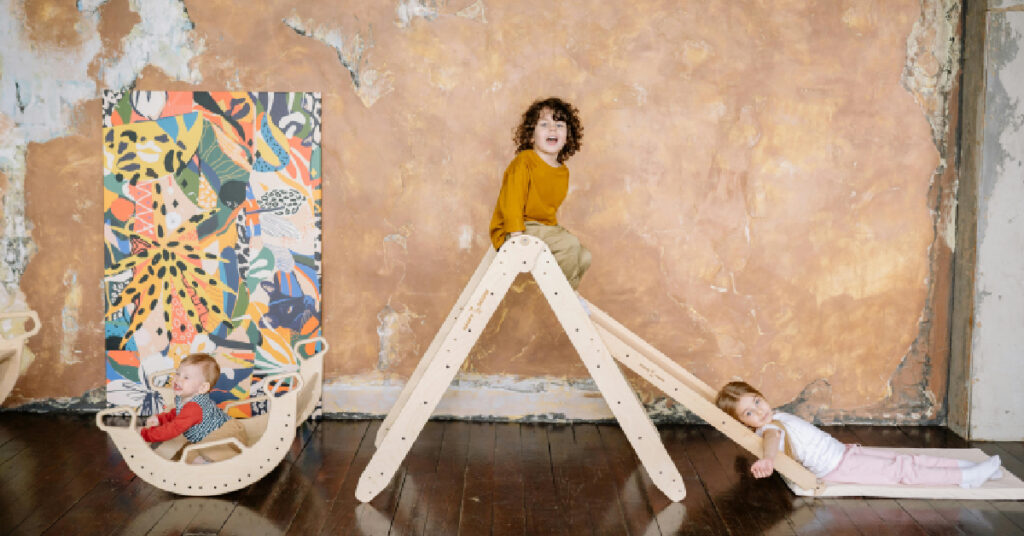
Simple, real-life play space ideas for toddlers that spark imagination, support independence, and give you a moment to breathe — no Pinterest-perfect setup required.
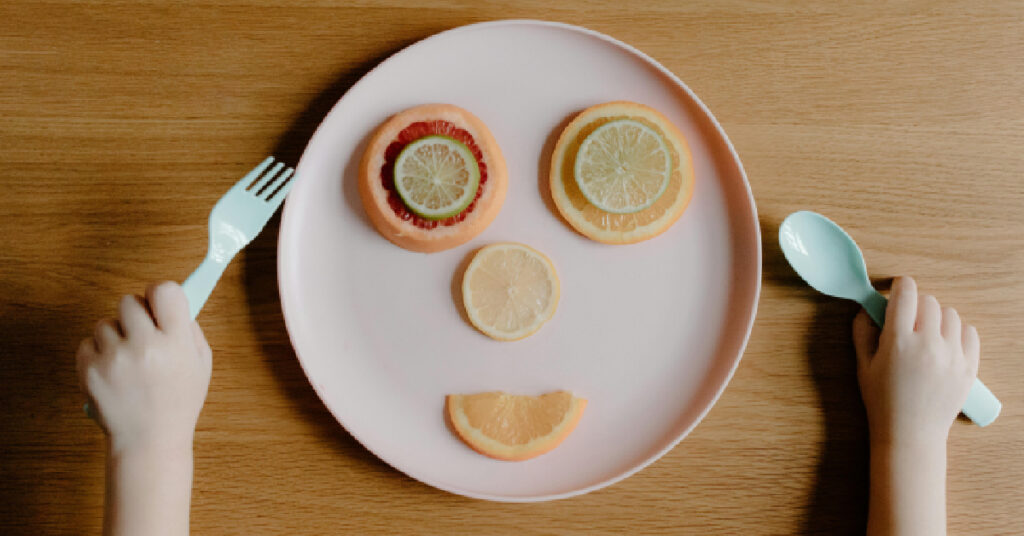
When the milk spills, the toddler tantrums, and your patience snaps before 9AM — you’re not failing. This is one mum’s story of surviving the
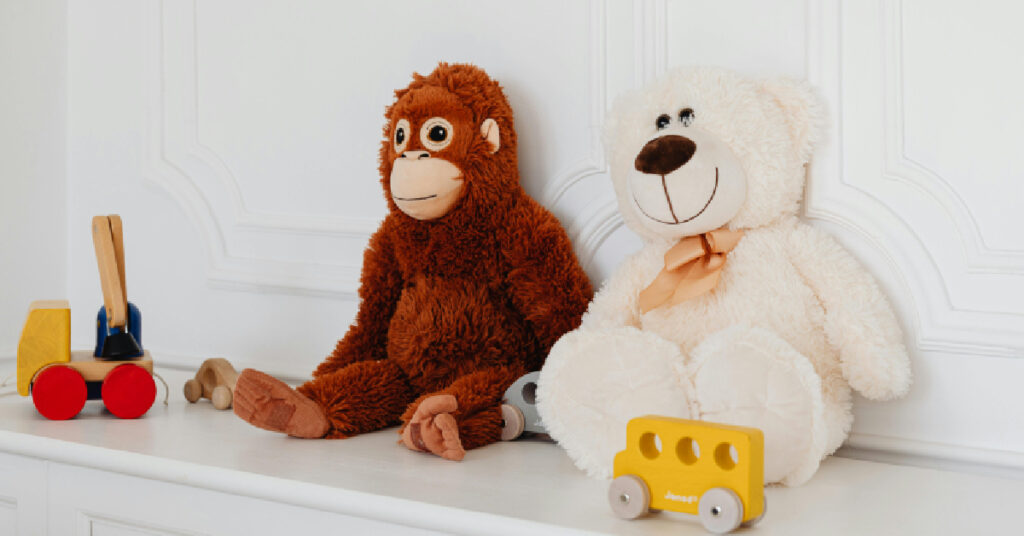
Discover how a simple toddler play schedule can create calmer days, boost independent play, and give you back precious breathing space — no strict routines

One chaotic morning, I realised the tension in the house wasn’t just coming from my toddler — it was coming from me. This is the